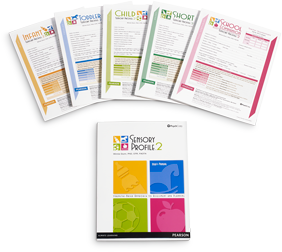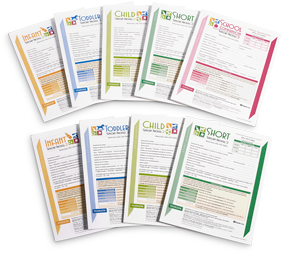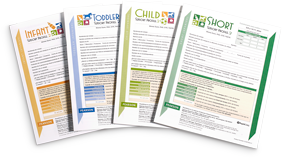The Sensory Profile™ 2 family of assessments provides standardised tools to help evaluate a child's sensory processing patterns in the context of home, school, and community-based activities





Sensory Profile 2
The Sensory Profile™ 2 family of assessments provides standardised tools to help evaluate a child's sensory processing patterns in the context of home, school, and community-based activities‹ View all tests and materials
Sensory Profile 2 Q-Global Summary Report (Digital)
9780150017004
Qualification Level
B
Digital administration, scoring and reporting of any Sensory Profile 2 form or Adolescent/Adult Sensory Profile form.
£3.20
